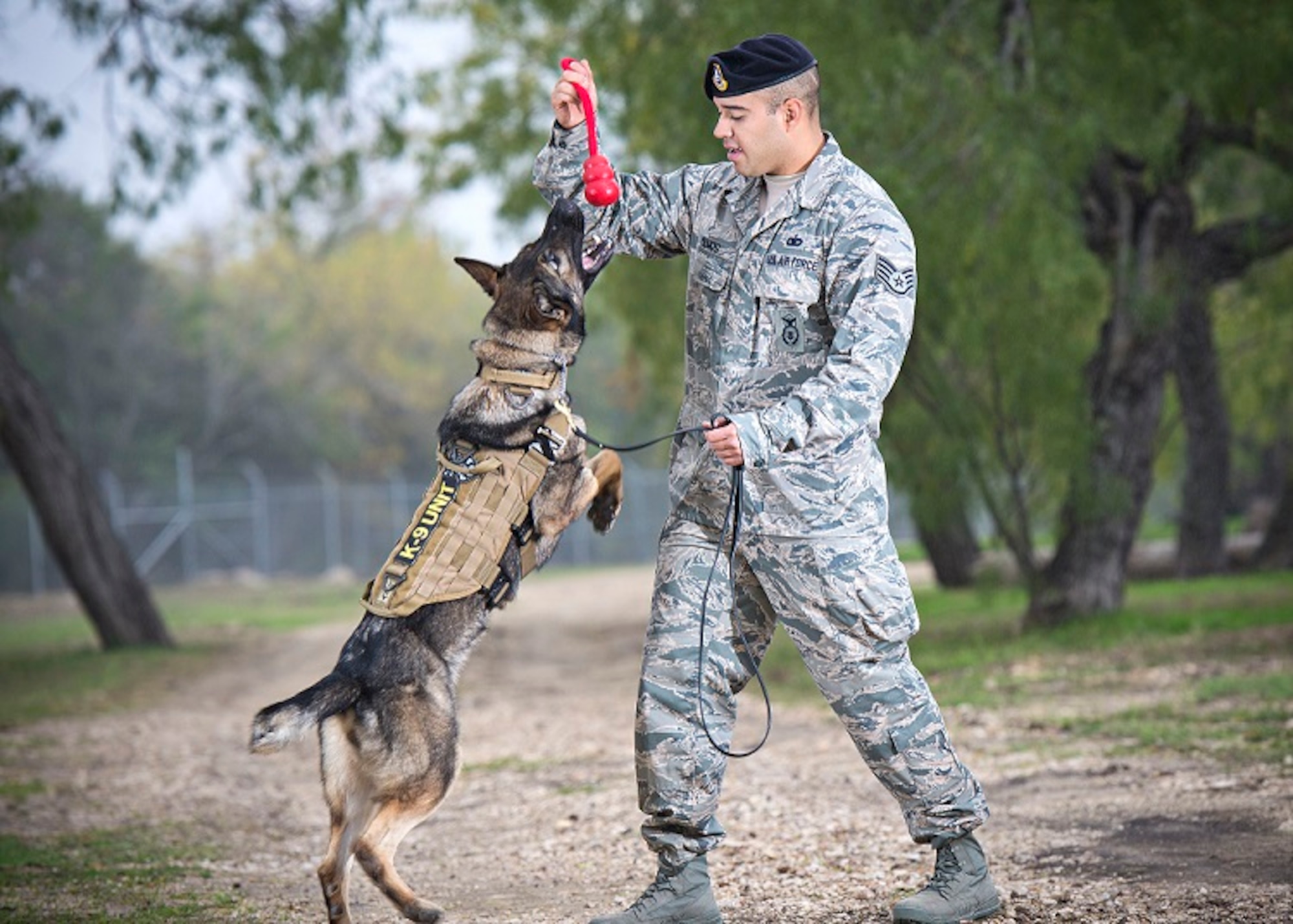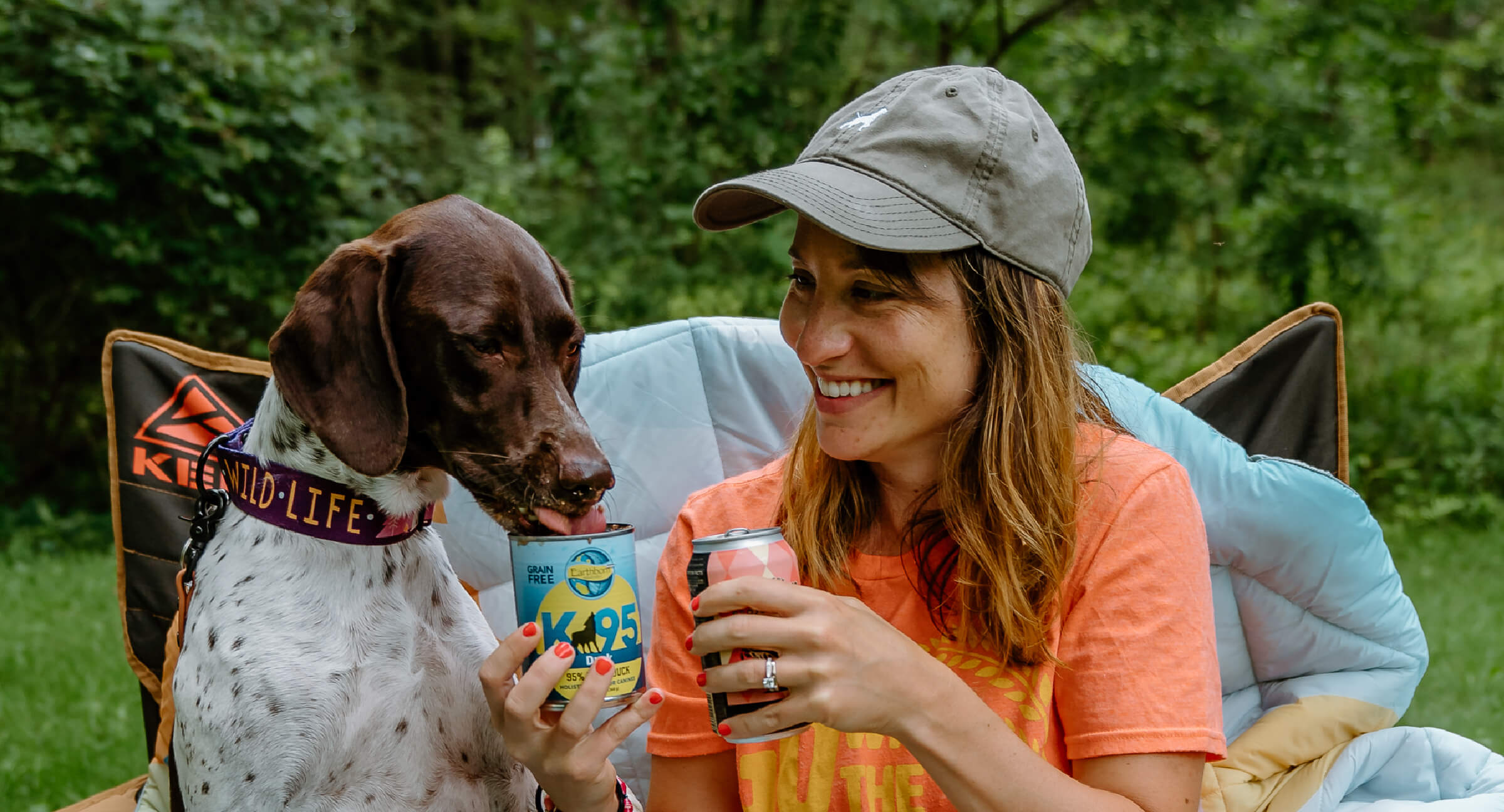Top Pet Training Strategies Every Owner Must Know

Favorable Reinforcement Techniques
Making use of favorable reinforcement techniques is vital for reliable pet dog training, as it fosters a relying on bond in between the pet and the instructor. This method concentrates on satisfying desirable behaviors instead than penalizing unfavorable ones, developing an environment for discovering. Rewards can consist of treats, praise, or play, which inspire dogs to duplicate the habits that gain them these benefits.

Additionally, this approach improves the pet's excitement for training sessions. When canines connect training with favorable experiences, they are more engaged and responsive. Past prompt therapy, favorable support urges a collective connection in between the pet dog and instructor, reducing stress and anxiety and worry
To make best use of performance, it is essential to provide rewards promptly, ensuring the canine attaches the habits with the reinforcement. Basically, positive reinforcement methods not just generate better-trained pet dogs however likewise promote an unified collaboration in between pet dog and proprietor.
Clicker Training Method
The remote control training technique is an extremely reliable strategy that builds upon the principles of positive support by adding a distinct noise to mark preferred habits. This technique uses a small portable tool that generates a clicking noise, enabling instructors to communicate with their pet dogs in a prompt and clear way. When a pet dog does a habits that the owner wants to encourage, the clicker is triggered, adhered to by an incentive, usually in the type of treats or appreciation.
The secret to successful clicker training depends on uniformity and timing. It is vital to click at the exact moment the wanted actions happens, making sure that the pet dog links the audio with the action and the subsequent incentive. This technique not only improves communication but additionally promotes a stronger bond between the owner and the pet, as it encourages involvement and communication during training sessions.
Remote control training can be related to a variety of commands and actions, from basic obedience to extra complicated tricks. Its convenience and efficiency make it a preferred method amongst expert trainers and pet dog owners alike, leading the way for a receptive and well-trained canine friend.
Leash Training Fundamentals
Effective chain training is essential for making sure a safe and pleasurable strolling experience for both pet dogs and their owners. A level collar may function for some canines, while others may profit from a harness that reduces pulling.
Introduce your pet dog to the chain progressively, allowing them to explore it in a comfortable setting. Practice loose-leash walking once they are accustomed. This includes satisfying your dog for walking beside you instead of pulling ahead. Use deals with and appreciation to enhance wanted actions, and make sure to stay tranquil and assertive.
If your canine begins to pull, stop strolling right away. Wait till they go back to your side before resuming. This instructs them that pulling does not lead to progress. Additionally, practice numerous strolling atmospheres to assist your canine adapt to interruptions.
Routine technique will certainly solidify your dog's understanding of chain rules. Bear in mind that chain training is a recurring process; persistence and uniformity will certainly produce the finest results, cultivating a positive experience for both you and your canine companion.
Socializing Methods
Socialization is a vital aspect of pet training that ought to preferably start during puppyhood yet can be helpful at any age. Reliable socialization helps pets establish self-confidence and decreases the probability of behavior concerns. To carry out successful socializing techniques, expose your dog to a range of environments, people, and various other animals.
Begin with controlled settings, such as pup classes or organized playgroups, where young pets can interact safely. Progressively introduce your canine to brand-new experiences, consisting of different sounds, surfaces, and activities. Make sure these encounters are positive and fulfilling basics to develop a complacency.
For adult dogs or those lacking exposure, start with low-stress scenarios. Short, positive interactions with friendly humans and calm pet dogs can develop favorable associations. Utilize treats and appreciation to enhance preferable behaviors during these experiences.

Uniformity and Persistence
Acknowledging the significance of consistency and patience in pet training is vital for accomplishing long lasting outcomes. Educating a pet dog is a gradual procedure that requires a structured approach and unwavering dedication from the owner. Each command or behavior must be strengthened constantly to help the pet recognize what is expected of them. Inconsistent training can bring about confusion, making it difficult for the pet dog to understand actions or commands, eventually hindering progression.
Canines, like people, discover at their own speed. This promotes a relying on connection between the canine and owner, encouraging a more willing and passionate learner.
To cultivate uniformity and persistence, establish a routine training routine, utilize the exact same commands, and make sure that all relative apply the very same training principles - Dog training. By doing so, you develop a secure atmosphere helpful to discovering, permitting your pet dog to prosper and establish right into a well-behaved friend
Verdict
In verdict, reliable pet dog training methods, such as favorable reinforcement, remote control training, and correct leash training, are necessary for promoting a healthy owner-dog partnership. Furthermore, applying socializing click over here strategies and keeping uniformity and patience throughout the training process adds dramatically to a pet dog's overall health. By integrating these methods, pet proprietors can help with the growth of well-adjusted, obedient pets, inevitably improving the top quality of life for both the proprietor and the dog.
Amongst the most famous approaches are positive support, clicker training, and chain training, each offering distinct advantages that contribute to a mannerly canine. As we discover these essential strategies, it becomes evident that understanding their nuances can dramatically impact this the training experience and the pet's total habits.Using positive reinforcement strategies is essential for effective canine training, as it cultivates a relying on bond in between the trainer and the dog.In conclusion, effective canine training techniques, such as favorable reinforcement, clicker training, and correct leash training, are vital for promoting a healthy and balanced owner-dog relationship. By integrating these techniques, pet owners can promote the growth of well-adjusted, loyal pets, eventually enhancing the top quality of life for both the proprietor and the canine.